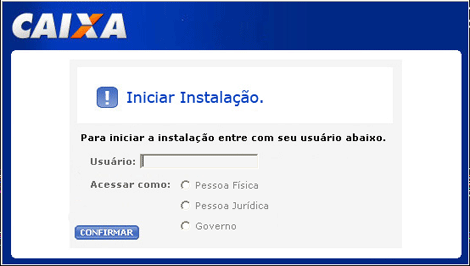TSPY_BANKER.ERI
Windows 2000, XP, Server 2003


Threat Type:
Destructiveness: No
Encrypted: No
In the wild: Yes
OVERVIEW
This spyware may be dropped by other malware. It may be unknowingly downloaded by a user while visiting malicious websites.
It uses a convincing Graphical User Interface to make the users think that the software is legitimate.
It attempts to steal sensitive online banking information, such as user names and passwords. This routine risks the exposure of the user's account information, which may then lead to the unauthorized use of the stolen data. It attempts to steal information, such as user names and passwords, used when logging into certain banking or finance-related websites.
TECHNICAL DETAILS
682,840 bytes
PE
Yes
06 Oct 2010
Steals information, Displays graphics/image
Arrival Details
This spyware may be dropped by other malware.
It may be unknowingly downloaded by a user while visiting malicious websites.
Information Theft
This spyware attempts to steal sensitive online banking information, such as user names and passwords. This routine risks the exposure of the user's account information, which may then lead to the unauthorized use of the stolen data.
It attempts to steal information from the following banks and/or other financial institutions:
- Caixa
Stolen Information
This spyware sends the gathered information via HTTP POST to the following URL:
- http://{BLOCKED}s.100webspace.net/index.php
Other Details
This spyware displays the following images:
Variant Information
This spyware has the following MD5 hashes:
- aad34c44f11291784d8afa9f4a9a5f03
It has the following SHA1 hashes:
- 079196628a887a6dbd6c7fd11b11ff1f7a4928c4
SOLUTION
8.900
Step 1
For Windows XP and Windows Server 2003 users, before doing any scans, please make sure you disable System Restore to allow full scanning of your computer.
Step 2
Identify and terminate files detected as TSPY_BANKER.ERI
- If the detected file is displayed in either Windows Task Manager or Process Explorer but you cannot delete it, restart your computer in safe mode. To do this, refer to this link for the complete steps.
- If the detected file is not displayed in either Windows Task Manager or Process Explorer, continue doing the next steps.
Step 3
Scan your computer with your Trend Micro product to delete files detected as TSPY_BANKER.ERI. If the detected files have already been cleaned, deleted, or quarantined by your Trend Micro product, no further step is required. You may opt to simply delete the quarantined files. Please check this Knowledge Base page for more information.
Did this description help? Tell us how we did.



